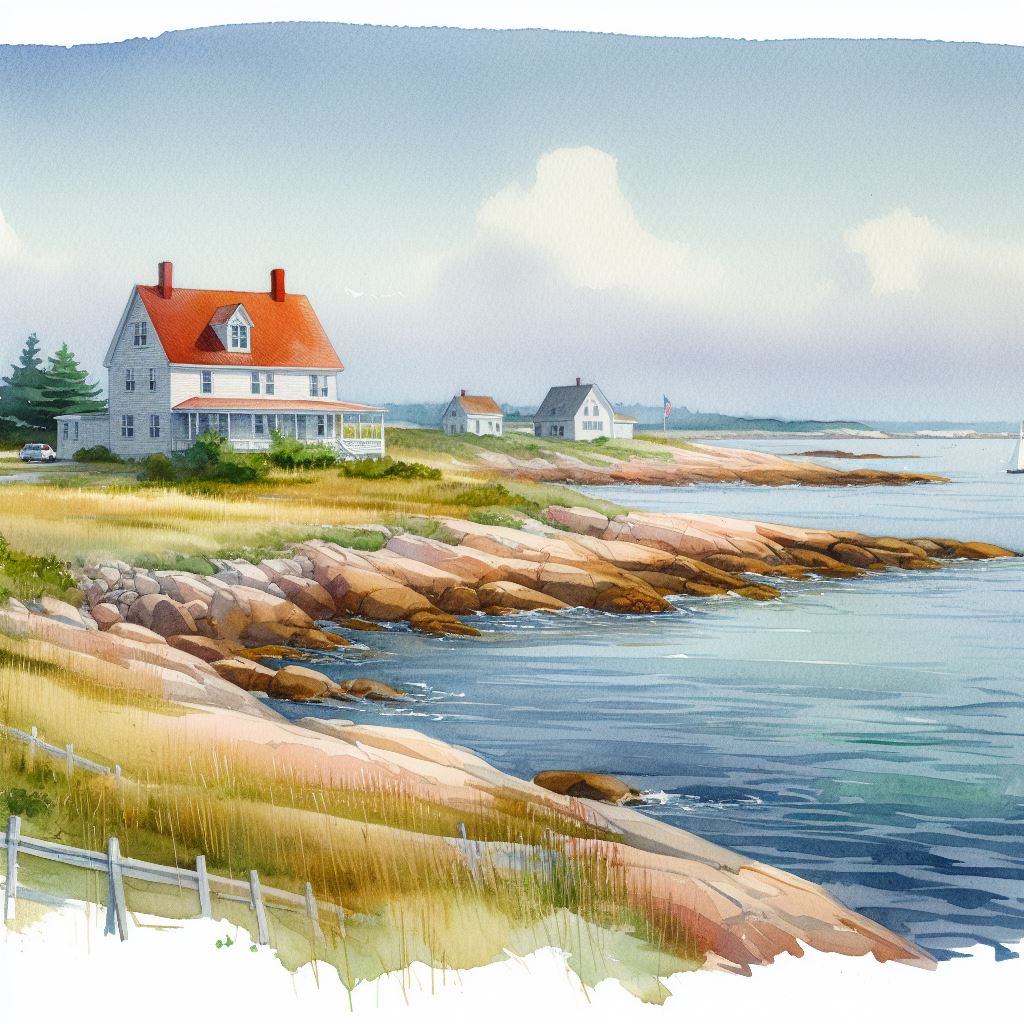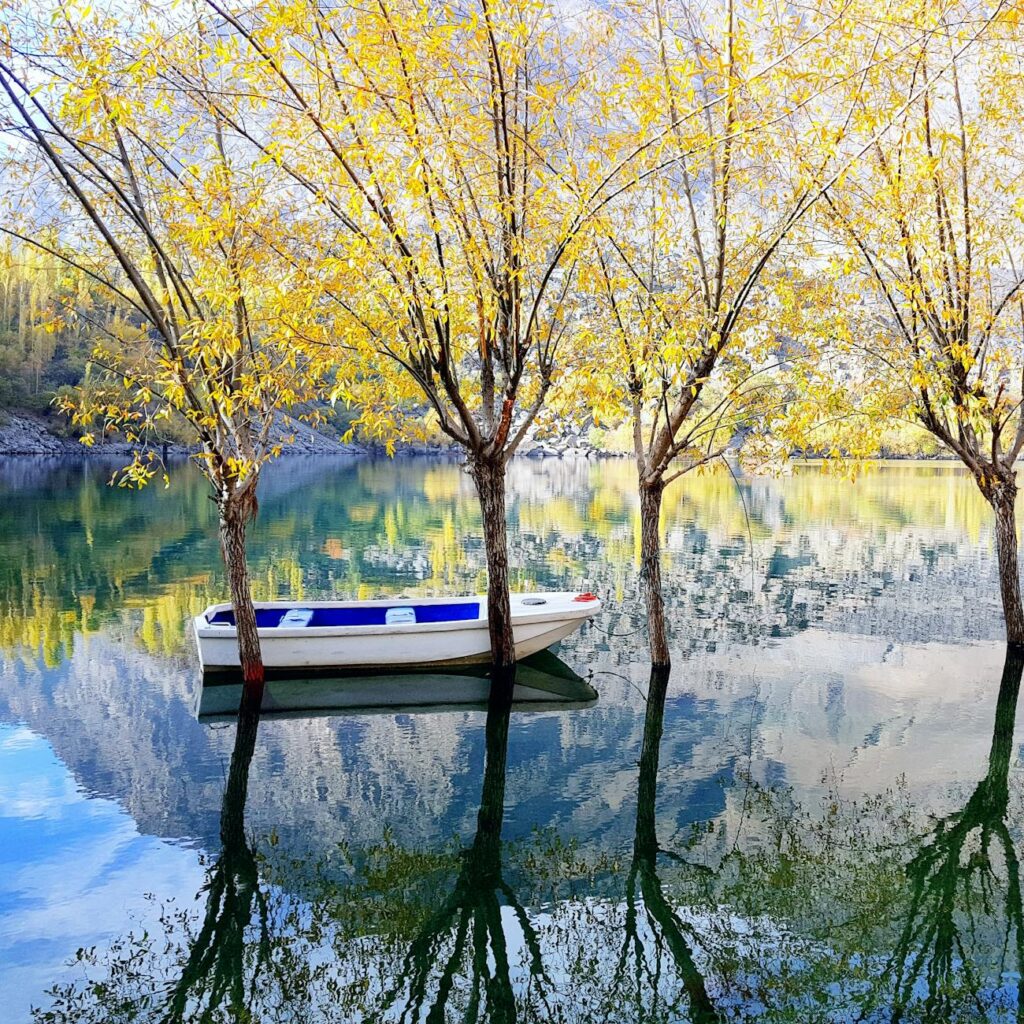Just as a single drop of watercolor can spread and transform an entire painting, the ten master watercolorists we’ve explored (see Top 10 Watercolor Artists: Masters of Light and Pigment) have sent ripples of influence across the art world. Their innovative techniques, unique visions, and groundbreaking approaches have not only elevated watercolor as a medium but have also inspired countless artists across various disciplines. Let’s dive deeper into the lasting impact of these aqueous virtuosos.
1. J.M.W. Turner: The Alchemist of Light
Turner didn’t just paint light; he seemed to capture it in liquid form. His revolutionary approach to watercolor laid the foundation for future movements:
- Influence on Impressionism: Turner’s emphasis on light and atmosphere directly inspired the Impressionists, particularly Claude Monet.
- Legacy: The Turner Prize, one of the most prestigious awards in contemporary art, bears his name and continues his legacy of innovation.
“Turner’s watercolors were a revelation. He showed us that light itself could be the subject.” – Claude Monet
2. John Singer Sargent: The Virtuoso of Spontaneity
While renowned for his oil portraits, Sargent’s watercolors revealed a playful, experimental side that influenced generations:
- Plein Air Revolution: Sargent’s on-the-spot watercolors encouraged artists to leave their studios and paint outdoors.
- Technique Innovation: His wet-on-wet technique and bold brushstrokes inspired a more expressive approach to watercolor.
“Sargent’s watercolors taught me that precision and spontaneity could coexist beautifully.” – Mary Whyte, contemporary watercolor artist
3. Winslow Homer: The American Visionary
Homer’s watercolors captured the essence of American life and landscapes, leaving an indelible mark on American art:
- Nationalistic Pride: Homer’s works helped define a uniquely American artistic identity.
- Storytelling through Watercolor: His narrative approach influenced illustrators and fine artists alike.
“Homer made watercolor a medium for telling the American story.” – Andrew Wyeth
4. Edward Wesson: The Mood Maestro
Wesson’s atmospheric watercolors influenced a generation of British artists:
- Economy of Brushstrokes: His ability to suggest rather than delineate inspired a more minimalist approach.
- Tonal Mastery: Wesson’s understanding of tonal values influenced landscape painters across mediums.
“Wesson showed us that less could indeed be more in watercolor.” – Joseph Zbukvic
5. Andrew Wyeth: The Poetic Realist
Wyeth’s haunting watercolors revealed the quiet drama of rural American life:
- Emotional Resonance: His ability to infuse seemingly simple scenes with deep emotion influenced photographers and filmmakers.
- Technique Innovation: Wyeth’s dry brush technique expanded the expressive possibilities of watercolor.
“Wyeth taught us to look beneath the surface, to find the extraordinary in the ordinary.” – Jamie Wyeth
6. David Hockney: The Colorful Innovator
Hockney’s vibrant watercolors challenged conventions and expanded the medium’s possibilities:
- Pop Art Influence: His bold use of color in watercolor paralleled and influenced the Pop Art movement.
- Technological Embrace: Hockney’s recent iPad drawings have encouraged artists to explore digital “watercolor” techniques.
“Hockney showed us that watercolor could be as bold and contemporary as any other medium.” – Alvaro Castagnet
7. Alvaro Castagnet: The Emotional Expressionist
Castagnet’s dynamic watercolors have energized the contemporary watercolor scene:
- Urban Poetry: His cityscapes have inspired a new generation of urban sketchers.
- Workshops and Education: Castagnet’s teachings have spread his expressive techniques worldwide.
“Castagnet reminds us that watercolor is not just about technique, but about capturing the soul of a place.” – Thomas W. Schaller
8. Jean Haines: The Joyful Colorist
Haines’ loose, expressive style has encouraged artists to embrace spontaneity:
- Democratizing Art: Her books and workshops have made watercolor more accessible to beginners.
- Mindfulness in Art: Haines’ approach has linked watercolor painting with mindfulness and personal expression.
“Jean Haines taught me to let go of perfection and embrace the joy of creating.” – Anna Mason
9. Joseph Zbukvic: The Atmospheric Master
Zbukvic’s moody, evocative watercolors have set a new standard for contemporary watercolor:
- Tonal Harmony: His mastery of tonal values has influenced artists across mediums.
- Workshop Influence: Zbukvic’s teachings have shaped a new generation of watercolorists worldwide.
“Zbukvic’s paintings don’t just depict atmosphere; they create it.” – Herman Pekel
10. Birgit O’Connor: The Nature Whisperer
O’Connor’s large-scale watercolors have pushed the boundaries of what’s possible with the medium:
- Scale Revolution: Her large works have challenged the notion that watercolor is only for small, intimate pieces.
- Botanical Influence: O’Connor’s florals have inspired both fine artists and scientific illustrators.
“O’Connor showed us that watercolor could be as powerful and impactful as any large-scale oil painting.” – Soon Y. Warren
The Continuing Ripple Effect
The influence of these ten masters extends far beyond the world of watercolor. Their innovations have:
- Blurred the lines between fine art and illustration
- Influenced digital art and photography
- Inspired new approaches in art education
- Encouraged a more expressive and personal approach to art-making across all mediums
As we look to the future, we can see the ripples of their influence continuing to spread, inspiring new generations of artists to push the boundaries of what’s possible with pigment and water. Whether you’re an aspiring artist, a seasoned professional, or simply an art enthusiast, these ten masters offer endless inspiration and a reminder of the enduring power of watercolor.
So, the next time you see a watercolor painting, remember – you’re not just looking at pigment on paper, but at the latest wave in a tradition that has been shaping the art world for centuries. What ripples will you create?



